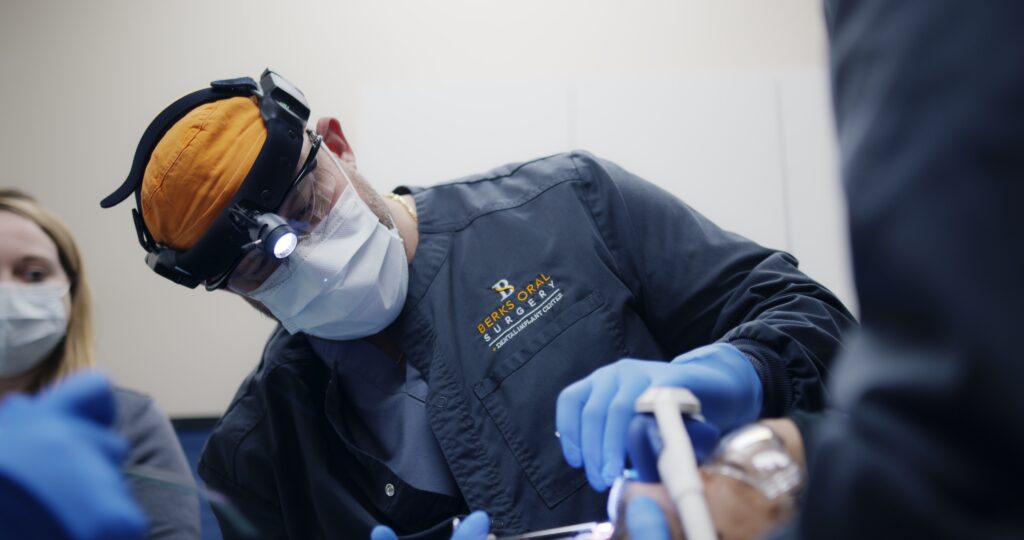When the jaw bone is missing teeth, bone resorption—also called atrophy—can occur. This can hurt your candidacy for the placement of dental implants. Fortunately, a bone graft can increase the width or height of bone to make a patient eligible for dental implants!
Minor Bone Grafts
Guided bone regeneration can address minor bone defects. Materials for this can include tissue bank bone (freeze dried bone), bovine bone, synthetic substitutes, and a special bone growing membrane. The graft material and membrane are resorbed with time, and new bone grows in the grafted area. A substance called bone morphogenic protein (BMP-2) can also be used to induce bone growth.
This grafting can be used for:
- Ridge preservation after dental extractions
- Bone defects around teeth or implants
- Dental ridge defects
- Filling in cysts of the jaws
Major Bone Grafts
Large bone defects can require an autogenous graft—use of the patient’s own bone. These larger defects can stem from injuries, congenital defects, tumor surgery, or early loss of teeth.
The autogenous bone can be obtained from different sites of the body, depending on how much bone is required. For smaller defects, sites like the chin or wisdom tooth area of the lower jaw can be used. For larger areas, donor sites from the hip and tibia (lateral knee) can be used.
Sinus Lift Graft
The maxillary sinuses, which are empty spaces lined by a membrane, are located on top of the back upper teeth. Sometimes the sinus dips between the roots of the teeth, which can leave little bone remaining below the sinus when teeth are removed. It can be impossible to place dental implants in this bone.
With the sinus lift graft, the sinus is entered surgically and the sinus membrane is lifted upward; after the sinus membrane is lifted, bone graft material is inserted into the floor of the sinus. After adequate healing time, new bone forms and becomes part of the patient’s jaw. Dental implants can then be placed in this new sinus bone.
If there is enough bone between the upper jaw ridge and the bottom of the sinus, a sinus lift graft and implant placement can be accomplished at the same time.
Ridge Expansion
Ridge expansion is an alternate technique which can be used in cases where the jaw ridge is too thin to place implants. The jaw ridge is sectioned and expanded with special instruments. Bone graft material is then placed between the expanded sections of bone and heals for a few months prior to implant placement. In some cases, implants can be placed simultaneously.
Learn How Bone Grafting Can Help You Proceed With Important Restorative Dental Work
Through bone grafting, our oral surgery offices can make patients good candidates for the placement and restoration of dental implants. If you would like to learn more about the role of this work in restoring your incomplete smile, call Berks Oral Surgery at 610-374-4093.

